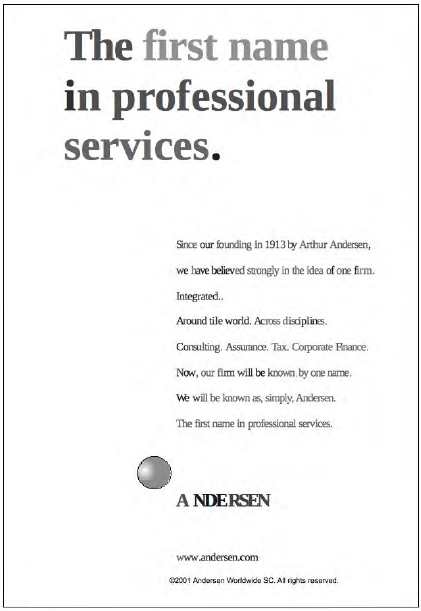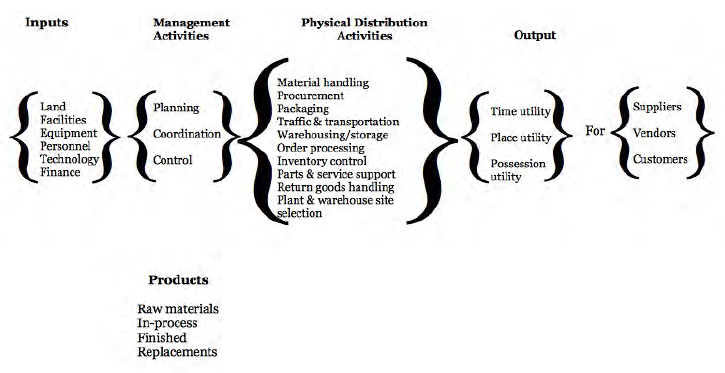In a society such as ours, the task of physically moving, handling and storing products has become the responsibility of marketing. In fact, to an individual firm operating in a high level economy, these logistical activities are critical. They often represent the only cost saving area open to the firm. Likewise, in markets where product distinctiveness has been reduced greatly, the ability to excel in physical distribution activities may provide a true competitive advantage. Ultimately, physical distribution activities provide the bridge between the production activities and the markets that are spatially and temporally separated.
Physical distribution management may be defined as the process of strategically managing the movement and storage of materials, parts, and finished inventory from suppliers, between enterprise facilities, and to customers. Physical distribution activities include those undertaken to move finished products from the end of the production line to the final consumer. They also include the movement of raw materials from a source of supply to the beginning of the production line, and the movement of parts, etc. to maintain the existing product. Finally, it may include a network for moving the product back to the producer or reseller, as in the case of recalls or repair.
Before discussing physical distribution, it is important to recognize that physical distribution and the channel of distribution are not independent decision areas. They must be considered together in order to achieve the organization's goal of satisfied customers. Several relationships exist between physical distribution and channels, including the following:
- Defining the physical distribution standards that members want.
- Making sure the proposed physical distribution program designed by an organization meets the standards of channel members.
- Selling channel members on physical distribution programs.
- Monitoring the results of the physical distribution program once it has been implemented.
Figure 10.6 illustrates the components of physical distribution management.


As you can see in Figure 10.6 successful management of the flow of goods from a source of supply (raw materials) to the final customer involves effective planning, implementation, and control of many distribution activities. These involve raw material, in-process inventories (partially completed products not ready for resale), and finished products. Effective physical distribution management results initially in the addition of time, place, and possession utility of products; and ultimately, the efficient movement of products to customer and the enhancement of the firm's marketing efforts.
Physical distribution represents both a cost component and a marketing tool for the purpose of stimulating customer demand. The major costs of physical distribution include transportation, warehousing, carrying inventory, receiving and shipping, packaging, administration, and order processing. The total cost of physical distribution activities represents 13.6 per cent for reseller companies. Poorly managed physical distribution results in excessively high costs, but substantial savings can occur via proper management.
Physical distribution also represents a valuable marketing tool to stimulate consumer demand. Physical distribution improvements that lower prices or provide better service are attractive to potential customers. Similarly, if finished products are not supplied at the right time or in the right places, firms run the risk of losing customers.
Review
- Producers/manufacturers make or assemble the final product provided to the consumer.
- Retailing involves all activities required to market consumer goods and service to ultimate consumers who are motivated to buy in order to
satisfy individual or family needs in contrast to business, institutional, or industrial use. The various types of retailers include:
- department stores
- chain stores
- supermarkets
- discount houses
- warehouse retailing
- franchises
- planned shopping centers
- nonstore retailing
- Wholesaling includes all activities required to market goods and services to businesses, institutions, or industrial users who are
motivated to buy for resale or to produce and market other products/services. The various types of wholesalers include:
- full-service merchandise wholesalers
- limited-service merchant wholesalers
- agents and brokers
- manufacturers' sales representatives
- facilitators
- 3459 reads






